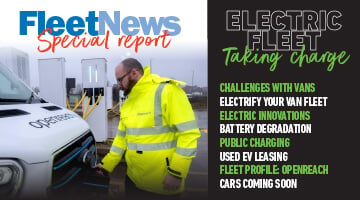Step 10 No cars at all?
A company may question whether it needs company cars and may decide giving drivers a cash allowance to purchase their own vehicle is the best approach.
However, this can backfire. “Companies looking to cut fleet costs by offering cash allowance schemes instead will often find the costs associated with accident management and repairs can cancel out much of the apparent headline financial benefit,” says Slater.
Companies still have a responsibility to ensure private vehicles used for business purposes are insured and well maintained and this increases the admin burden.
Graham also disagrees with a cash allowance approach.
“If it was a laptop we were talking about instead of a vehicle and I suggested that an employee should buy their own laptop and the company pay them £10 a week to use it they would look at me like I had two heads,” he says.
“But companies are happy to do it with cars.”
Step 11 Shop around
Once a company has chosen its method it should shop around, according to Rawlings.
“There can be a dramatic difference in finance rates,” he says. “And rates can be linked to availability of credit.”
He advises companies to “keep an eye on the market” and small fleets in particular should consider a good finance package from their local dealer or broker.
Step 12 Communication
Any changes to funding that impacts on drivers needs to be communicated clearly. Union involvement may be necessary and senior/line managers also need to be kept in the picture.
And Graham adds: “If you are reviewing the funding method because you want to reduce spend, be open about that.”
If a company is changing leasing provider, it’s also best to be honest with the outgoing supplier.
Graham says: “If they lost the business on price tell them that and suggest that if the service levels drop with the new provider you may come back to them – provided they manage the run down professionally.”
















Login to comment
Comments
No comments have been made yet.